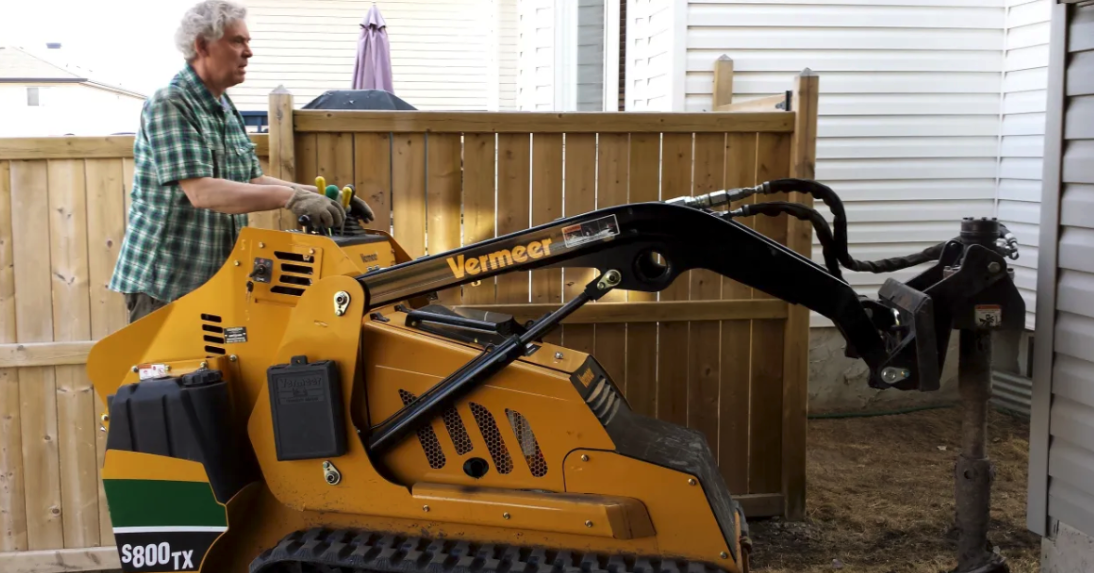-
Call Us
-
Email Us
- Get A Quote
We Are Specialists In
Deck Holes in Edmonton

Deck Holes Drilling in Edmonton and Area
Deck holes edmonton are dug to create the footings that are the foundation of your deck holes, and just like your house, the deck holes edmonton is only as strong as its foundation. Edmonton Deck plans are designed to be used
with poured footings and posts set in brackets attached to the top of the footing. The footings are constructed using a round cardboard tube form that is 8” in diameter (often called a sonotube,
after a popular brand). You should check your local building codes to ensure this is adequate to pass inspection in your area.
Digging Your Deck Holes Edmonton Footing You have already marked your footing locations in your deck’s layout. At each location, dig a hole, deep enough to pass your frost line by at least two inches
and wide enough to accept the cardboard form and leave an inch or two on all sides.
On the safe side, dig your deck hole edmonton footings at least 48 inches deep, or check with your local code enforcement. Your deck holes will not pass inspection with inadequate footings and the posts can be forced up by frost when the ground freezes, known as “heaving” which can destroy it.Dig each footing 48 inches deep and 10 to 12 inches across, centered on the location you marked when laying out your deck. Make sure each footing is dug in line with the strings you tied between your corner stakes. The bottom of each hole should be flared out slightly on all sides, to provide a larger “foot” at the base of the footing, to further discourage movement. Shovel 2 to 3 inches of concrete into the bottom of each footing hole before inserting the cardboard form. Measure and cut each cardboard footing form to rest on top of the concrete you shoveled in and rise to 2 inches above grade to prevent the post from standing in water. Shovel dirt into the hole to backfill around all sides of the cardboard form to keep it vertical. Use a small level across the top of the tube and adjust to that for a level post base. Use a wrecking bar, or small shovels to tamp the earth in around the form. Be careful not to tear the form, or shift its position. Fill the concrete form to the top with concrete. Level off the top with a float. Position a bracket on top of each footing, so that it aligns with the required post placement. The open side should face up, with the bracket aligned to the inside of the string. Set corner brackets first and stretch a string between them for positioning of the remaining brackets Set remaining brackets. Contact us today at Bearbones Earthworks to help drill your deck holes safely.
Proudly Serving:Edmonton, Beaumont, Camrose, Devon, Leduc, Leduc County, Sherwood Park, Spruce Grove and Fort Saskatchewan.
Dig the holes six inches deeper than the required frost line depth for your area, and slightly wider than the concrete footer tubes you'll be using.
